This is the fourth article in a series comparing “clean eating” with other diet philosophies. Last time, I compared clean eating with Weight Watchers. Today, I’ll be continuing the series with clean eating vs Whole30®. You can use the list above to navigate to other articles in this series.
As with the other articles in this series, this isn’t intended to glorify the 90/10 system over Whole30 or any of the other diets or philosophies mentioned. In fact, I’ll mostly just talk generally about clean eating and not specifically about our unique brand of it. Although I would like to think that the merits of the 90/10 clean eating system will shine through these comparisons, the intent of this writing is to simply give a side-by-side comparison of clean eating vs. Whole30 so that you can understand the differences.
Defining Clean Eating
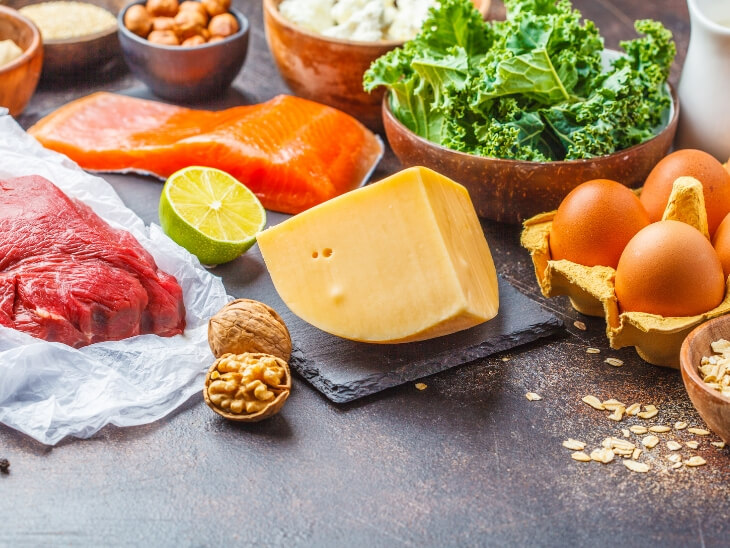
If you’ve read any of the other articles in this series, you can skip this part since I define it each time. I thought about just referring to the first article in the series, but I know many readers come straight from a search engine and wouldn’t want to click to another article to get information they need for the rest of this article.
The simplest definition of clean eating goes something like this:
“Eat foods in a state as close to their natural state as possible. Refined grains, refined sugars, overly-processed foods and artificial ingredients are avoided or minimized.”
In general, the focus of clean eating tends to be on ingredients rather than macronutrients such as carbs, fats, proteins, and calories. Your goal is basically just to eat real, mostly whole foods.
With clean eating, you tend to shop around the perimeter of the grocery store where you find foods with only one ingredient like “carrots” and “salmon”. If you purchase packaged foods with an ingredients label, you read the ingredients and watch for anything that isn’t something you recognize as real food.
In most cases, foods such as grains and dairy are not completely cut out of clean eating programs. Also, macronutrients and calories are not usually limited (at least not as a major focus).
There can be variations to clean eating programs and special requirements. For example, we’re releasing a book called “28 Days To Clean” that eliminates most dairy (non-cultured) and grains for the 28 days as a test. This is not required for clean eating but is a good test and actually is very similar to what Whole30 is all about.
Defining The Whole30® Program
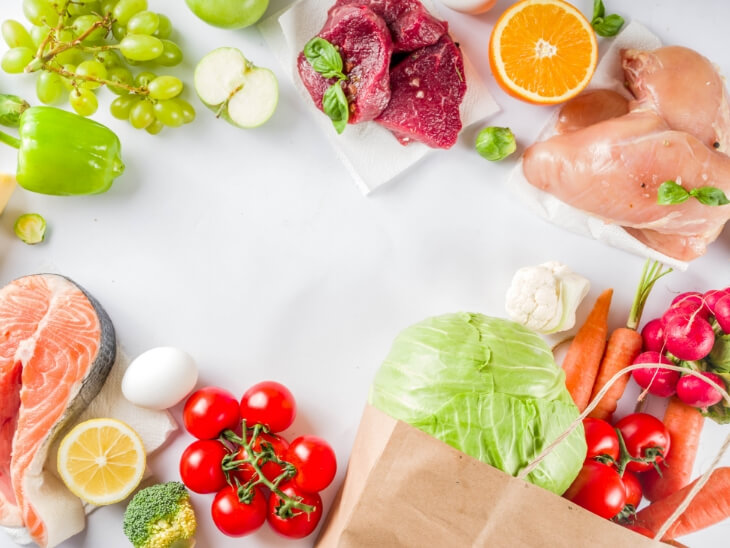
Next in this comparison of clean eating vs. Whole30, let’s run through a general definition and overview of the Whole30 program.
The Whole30 program is a 30 day program designed to help you understand how the foods you eat are affecting you. It is specifically a short-term elimination diet. The point of the 30 days is to:
Eliminate the most common craving-inducing, blood sugar disrupting, gut-damaging, inflammatory food groups for a full 30 days. Let your body heal and recover from whatever effects those foods may be causing. Push the reset button with your health, habits, and relationship with food, and the downstream physical and psychological effects of the food choices you’ve been making.
Whole30® Foods
The foods you are encouraged and allowed to eat during the 30 day program are all whole, real foods. So, the Whole30 program also fits with clean eating principles. It is just also more strict in that it eliminates many additional foods.
Here is a list of the foods you are required to eliminate for the 30 day period:
- Added Sugar: This includes real or artificial added sugar. It doesn’t matter if it is zero calorie or natural. So, honey and maple syrup are off limits as well as Splenda and even stevia.
- Alcohol: No alcohol of any kind.
- Grains: No grains of any kind including rice, corn, wheat, barley, and more.
- Legumes: No legumes of any kind. This even includes fermented soy products like miso.
- Dairy: No dairy of any kind including yogurt.
- MSG, Carrageenan, or Sulfites: These are common ingredients in packaged foods.
- Treats: You are also not supposed to recreate treats with approved ingredients such as making brownies that are technically compliant.
There are a few exceptions to the rules above as well. The following things are allowed:
- Ghee or Clarified Butter: This is allowed but regular butter is not.
- Fruit Juice: Allowed as an ingredient in recipes.
- A Few Legumes: Green Beans, Sugar Snap Peas, and Snow Peas are allowed.
- Vinegar: All except malt vinegar are allowed.
- Coconut Aminos: Acceptable soy sauce substitute.
- Salt: Sometimes contains dextrose but is an exception to the no sugar added rule.
NOTE: You can find all of these rules on the official Whole30 website.
Whole30® Transition
After you finish the Whole30 program, you are encouraged to transition slowly out of the elimination diet to see how you feel when you add foods back in. Then, you eat “Whole30-ish” and return to a full 30 day elimination if you feel you need it.
Eating “Whole30-ish” ends up being, for most people, very similar to clean eating. You’ll eat unprocessed foods with a few of the elimination foods that don’t seem to cause you any issues. In other words, life after Whole30 is a lot like clean eating.
Clean Eating VS Whole30®: Food Comparison List
The table below gives a broad overview of various foods and whether or not they are allowed on the clean eating or the Whole30 program.
Food Item
Clean Eating
Whole30®
Unprocessed Meats (beef, lamb, fowl, pork, fish, shellfish, and others)
Processed Meats (meats cured with nitrates and other methods)
Dairy (see exceptions above for Whole30)
Eggs
Vegetables (including starchier types like sweet potatoes)
Fruits (all types)
100% Whole Grains (whole wheat, brown rice, amaranth, millet, oats, and more)
Processed or Non-Whole Grains (enriched or white wheat, white rice)
Legumes (beans, lentils, peanuts, and more)
Nuts and Seeds (almonds, walnuts, pecans, sunflower seeds, and more)
Salt and Spices
Processed sugar (cane sugar, high fructose corn syrup, maltodextrin, dextrose, and more)
Natural sweeteners (honey, maple syrup, stevia)
Artificial Sweeteners (aspartame, sucralose, and more)
Alcohol (NOTE: allowed in 90/10 in moderation per yellow tier)
Processed foods in general
Food Sourcing
Clean eating programs tend to promote organic foods over conventional, grass-fed and pasture-raised meats over feedlot-raised meats, and local and sustainable sourcing. However, in my experience, this type of food sourcing is not usually a specific requirement in order for a food to be considered “clean eating”. Again, most programs will promote the very best food sourcing, and some may even make it a must-do in their particular version, but most programs do not tie sourcing directly with the term.
90/10 Nutrition is an excellent example of this. I’ve written articles on things like grass-fed beef and organic sourcing, but it isn’t a requirement of our tier system. In our case, the reason is not because I don’t think it is that important. It’s more because our program is specifically intended to be a very doable system to get away from highly processed foods. I figure you can easily move from that into organic and sustainable sourcing after that first major step is mastered.
Whole30 seems to follow the same basic principles for food sourcing as well. They encourage the best sourcing but they do not require it to be in compliance with the program.
Summary of Clean Eating VS Whole30®
Clean eating focuses on ingredients and determines if an ingredient is healthy or not based on if it is unprocessed or minimally processed (e.g. whole grains would be unprocessed or minimally processed, refined grains would be processed). It does not typically place groups of foods or particular macronutrients off limits such as all carbs, all grains, or all legumes.
The Whole30 program is also concerned with ingredients but eliminates entire groups of foods for the 30 day duration. So, the Whole30 program is a short-term program designed specifically to see how certain foods affect you. Clean Eating is more of a long-term lifestyle. Following a Whole30 round, many will end up eating similar to a clean eating lifestyle with a few foods still eliminated based on their results.
HEY! We’re writing a book!
“28 Days To Clean” is a full 4-week, step-by-step plan for clean eating. Everything is laid out for you. You’ll learn what clean eating is all about, why it works, how to do it, and more. There’s a complete plan with shopping lists, daily trackers and schedules, and weekly prep instructions.
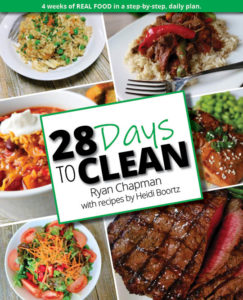
Learn Clean Eating
Want to learn clean eating the 90/10 way? We have two free options:
- Just download our Free Clean Eating Guide
- Get a free account and go through our online Academy
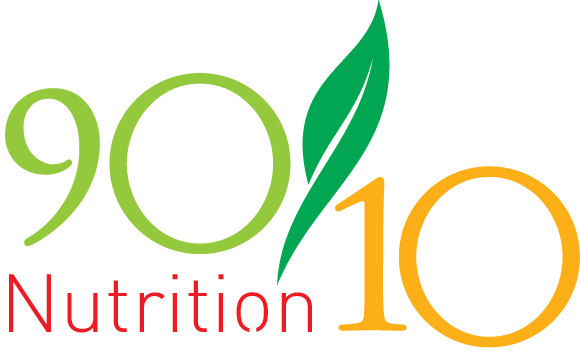

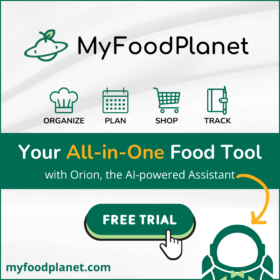
Comments (0)